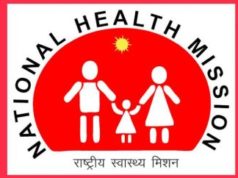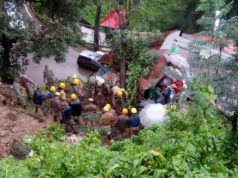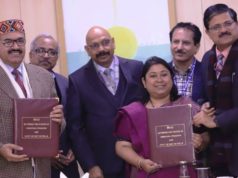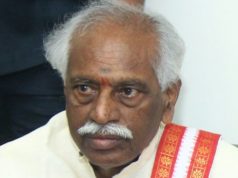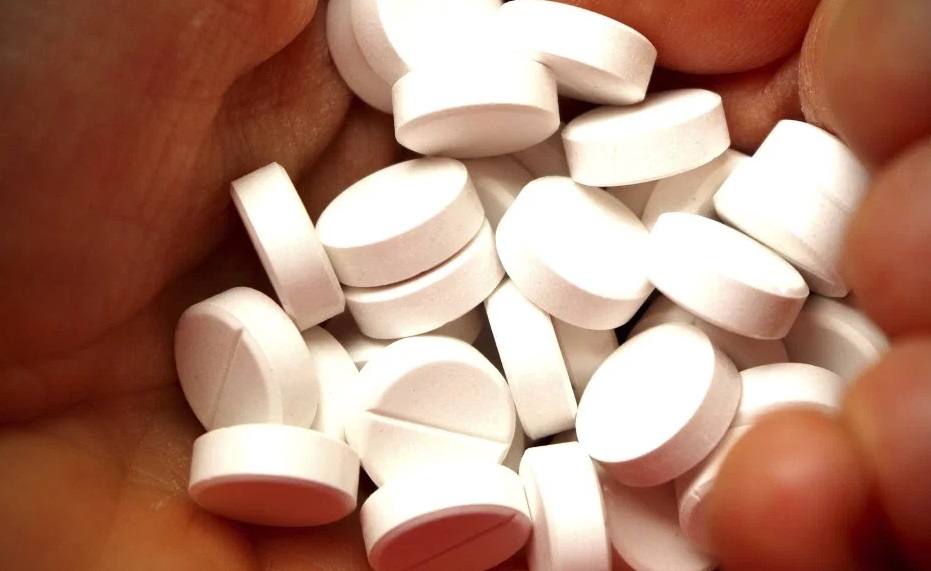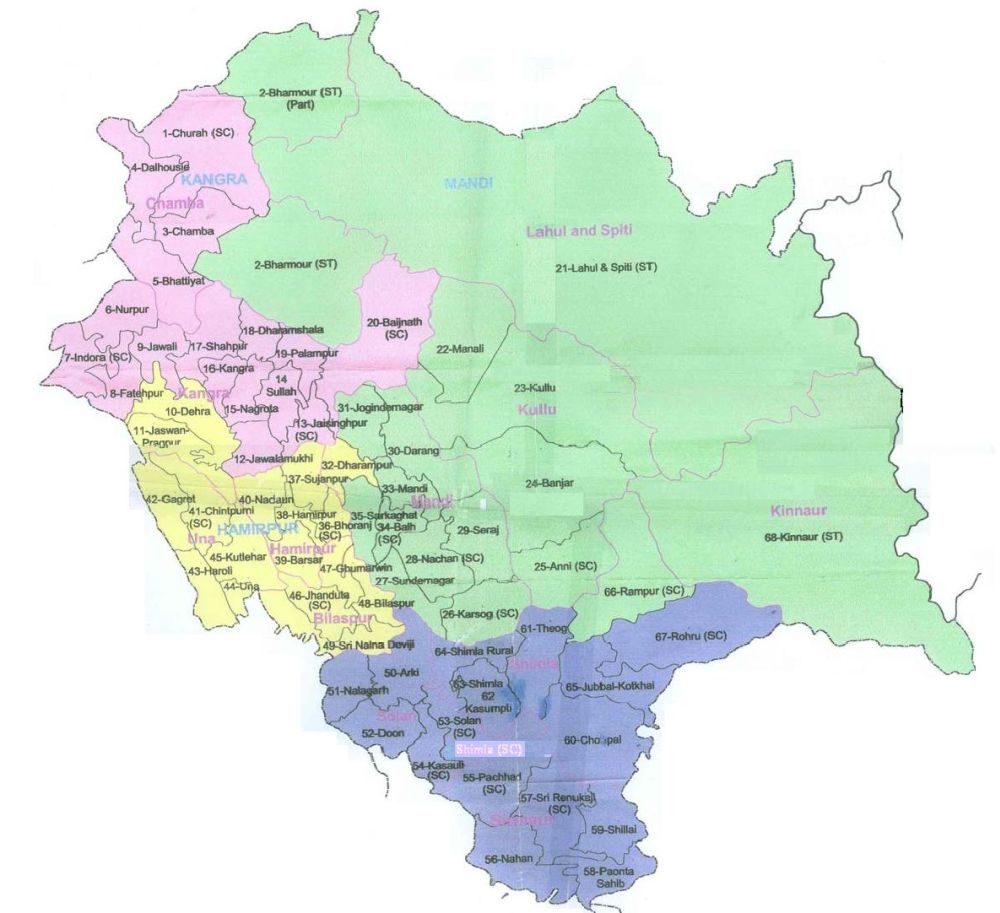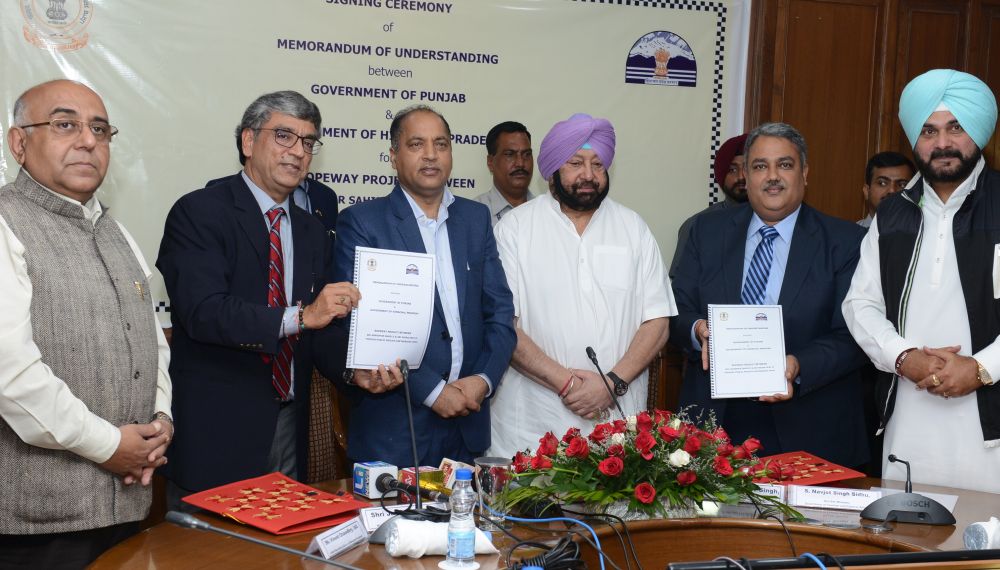Health Minister Vipin Singh Parmar said that as per parasitic worms or Solid-Transmitted Helminth (STH) follow up survey, Himachal Pradesh has topped not only in the country but in the world as worms prevalence was estimated lowest at 0.3 percent only amongst children in the age group of 1-19 years.
Speaking at a function of dissemination of report and findings of STH follow up survey by Evidence Action, Parmar congratulated the Health, Education, Women and Child Development, Urban and Rural and other departments who were associated in deworming programme.
National Deworming Programme was started in the year 2015 during the Prime Ministership of Narendra Modi and J.P Nadda as Union Health Minister. Parmar said that an another ambitious scheme Ayushman Bharat National Health Protection Scheme was launched last year which is biggest government health scheme in the world as it aims to facilitate health care services to all the families of urban and rural poor. It provides insurance cover of Rs. 5 lakh per family. He said that the state government has started Himcare scheme to provide health benefits to those families who were not covered under this scheme of the government of India.
Health Minister said that health parameters of Himachal Pradesh were quite high as compared to national level and state government under the able leadership of Chief Minister Jai Ram Thakur was striving hard to further improve them. He said that it is a continuous process and efforts were being made to further improve health infrastructure, to involve people in health programmes and budget on health sector has been increased.
Special Secretary Health-cum-Mission Director, National Health Mission (NHM) Dr. Nipun Jindal gave an overall view of deworming programme in Himachal. He said that Himachal was one of the first states to adopt this programme. He said that Albendazole medicine was given to all the government and private school students, left out students and Anganwadi students of 1-19 years age group on 1st May, 2019. He said that 98 percent children were administered deworming medicine in the state.
Dr. Priya Jha Country Director Evidence Action, NGO, Technical Assistance Partner to Government of India made presentation on follow up STH Prevalence Survey in Himachal Pradesh. She said that a survey conducted by National Centre for Disease Control in 2015 indicated STH prevalence of 29 percent amongst children in Himachal Pradesh whereas as per recent survey held in October, 2018 it was estimated as 0.3 percent only. She said that 942 children samples of five districts of all the four agro-climatic zone in Himachal Pradesh were taken and only 3 children were found positive of STH which was lowest in the world.
She said that given the low prevalence of 0.3 percent STH, the GoI high level scientific committee met in June, 2019 to deliberate on findings and recommendations for treatment frequency. She said that the committee recommended reducing the treatment frequency from biannual to annual deworming. She said that as per WHO guidelines, deworming can be stopped when STH prevalence is less than one percent. However, the government of Himachal Pradesh should continue NDD for another two to three years, she added.
Officers of Education, Women and Child Development, IPH, Rural and Urban Development participated in the meeting.



